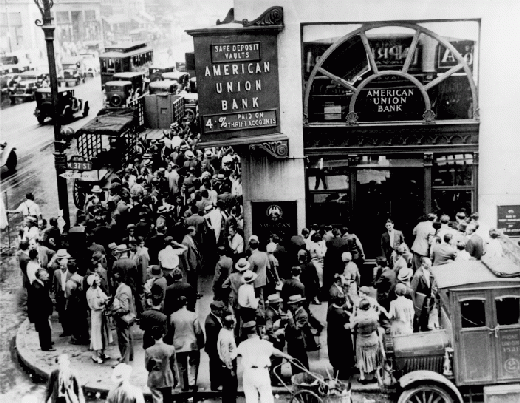The decade known as the "Roaring Twenties" was followed by a decade in which a quarter of American workers were jobless. Most Americans believed the economic catastrophe known as the "Great Depression" had begun in 1929 with the crash of the nation's stock market, but destructive forces had been gathering for years.
Why did the Great Depression occur, and why was it so bad? It's complicated — and economists and historians disagree on most of the details. A few things are clear, though. Not everyone shared in the prosperity of the 1920s. As a result, there weren't enough people with money to buy everything manufacturers were producing. Much of that decade's prosperity was built on borrowing, speculation, and new, risky kinds of investments. When the bottom fell out, the government did too little — or did the wrong kinds of things, and made the economy worse. The optimism of the 1920s was replaced with deep pessimism — a pessimism that made recovery extremely difficult, because recovery required new spending and investment.
In this chapter, you'll read a few different perspectives on the causes and impact of the Great Depression and on how Franklin Roosevelt's administration tried to restore prosperity.
